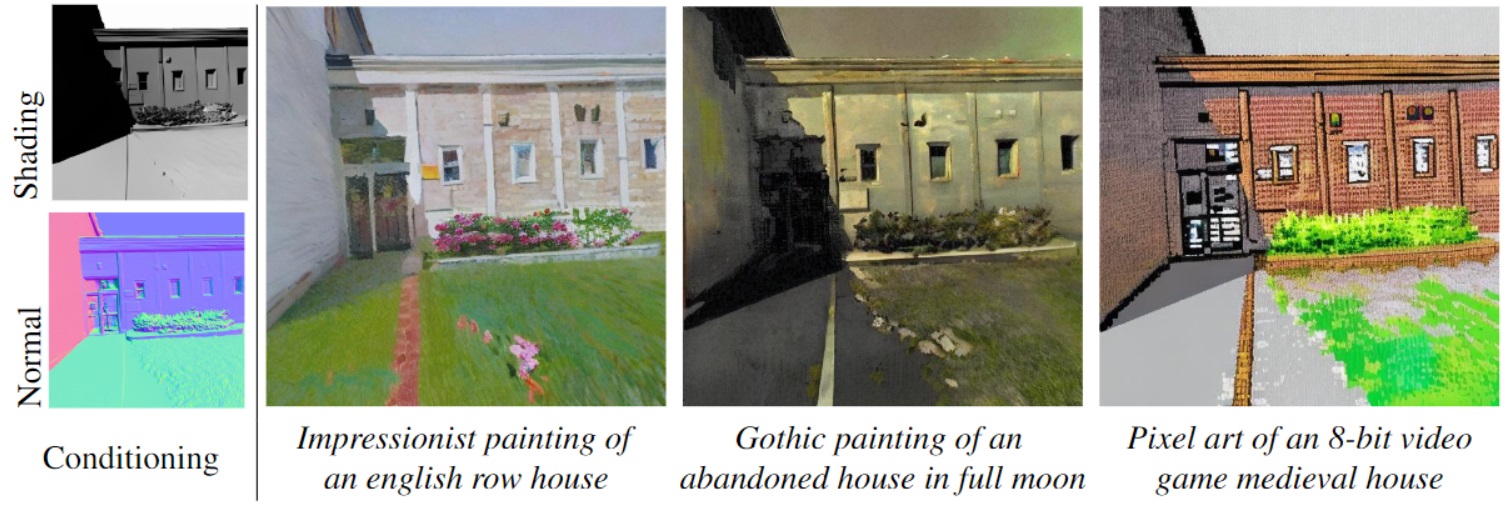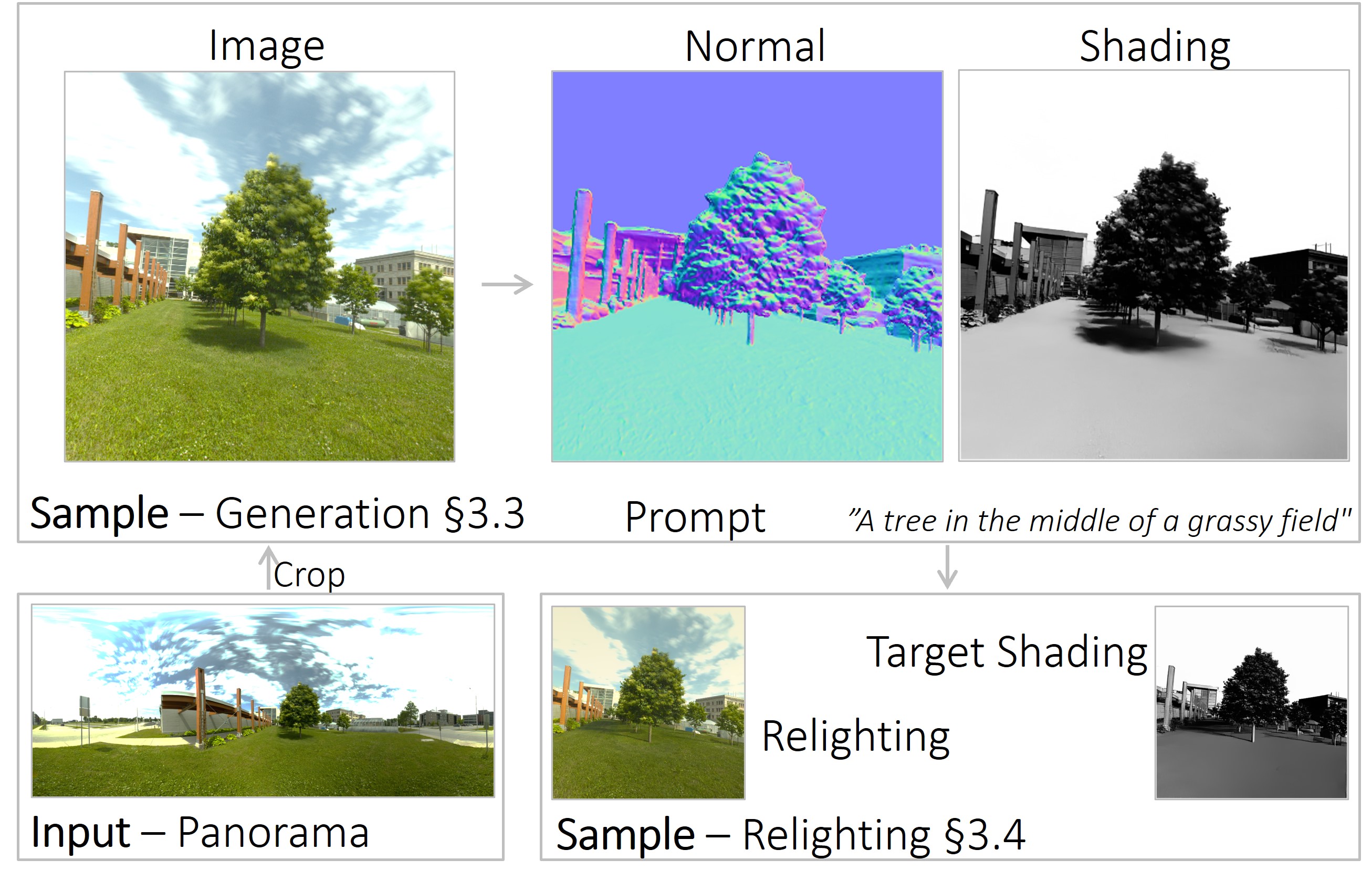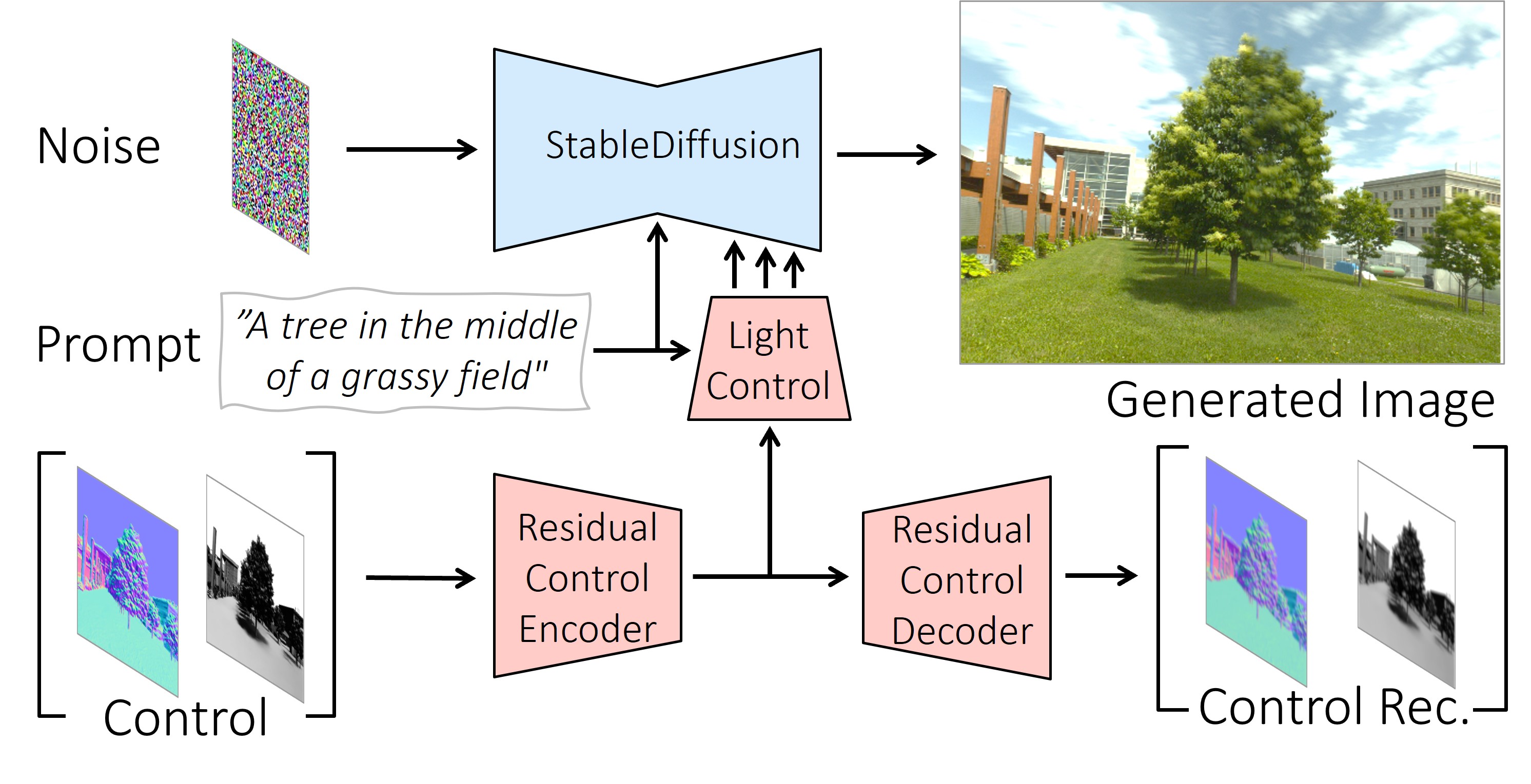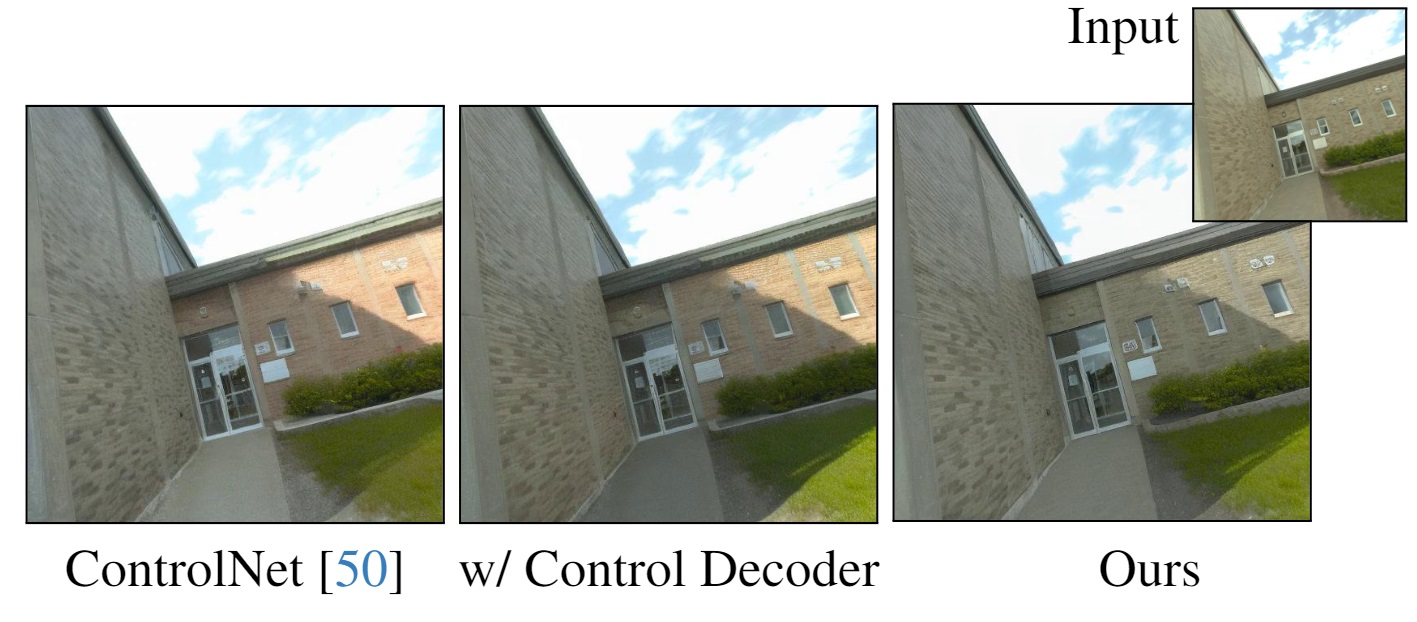Lighting-controllable Image Generation






@inproceedings{kocsis2024lightit,
author = {Peter Kocsis
and Julien Philip
and Kalyan Sunkavalli
and Matthias Nie{\ss}ner
and Yannick Hold-Geoffroy},
title = {LightIt: Illumination Modeling and Control for Diffusion Models},
booktitle = {CVPR},
year={2024}}